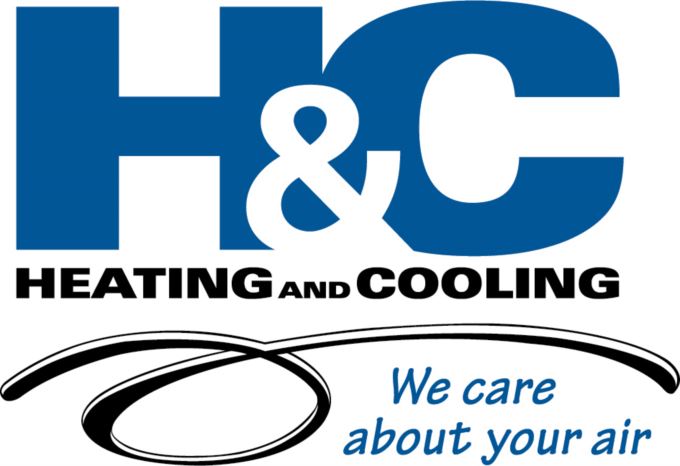
You shouldn’t need to give up comfort or drain your wallet to keep your residence at a pleasant setting during hot days.
But what is the right temp, exactly? We review recommendations from energy professionals so you can find the best setting for your home.
Here’s what we recommend for the most energy-efficient setting for air conditioning in Laurel.
Recommended Thermostat Settings for Summer
Most households find placing the thermostat at 72-73 degrees is most comfortable. However, if there’s a sizeable difference between your interior and outdoor temperatures, your utility expenses will be greater.
These are our suggestions based on the U.S. Department of Energy (DOE) and ENERGY STAR®.
While at home: 78 degrees. While that seems warm, there are methods you can keep your residence pleasant without having the air conditioning running frequently.
Keeping windows and curtains shut during the day keeps chilled air where it belongs—indoors. Some window solutions, like honeycomb shades or plantation shutters, are designed to provide more insulation and enhanced energy conservation.
If you have ceiling fans in your home, the DOE says you can increase thermostat temps about 4 degrees higher without giving up comfort. That’s due to the fact they cool with a windchill effect. Since they cool people, not areas, switch them off when you move from a room.
If 78 degrees still appears too hot on the surface, try running a trial for about a week. Start by increasing your temperature to 78 degrees while you’re home. Then, progressively lower it while using the ideas above. You might be shocked at how cool you feel at a hotter temperature setting.
While away: 88 degrees. There’s no need to keep the air conditioner working all day while your house is vacant. Moving the setting 7–10 degrees hotter can save you an estimated 5–15% on your cooling costs, according to the DOE.
When you get home, don’t be tempted to put your thermostat below 78 to cool your residence more rapidly. This isn’t useful and often results in a higher electrical expense.
A programmable thermostat is a good approach to keep your temperature in check, but you need to set programs. If you don’t use programs, you might forget to raise the set temperature when you go.
If you need a handy resolution, think over buying a smart thermostat. This thermostat links with your phone, so it realizes when you’re at your house and when you’re gone. Then it automatically modifies temperature settings for the biggest savings. How much exactly? Usually $180 each year on heating and cooling, according to ENERGY STAR.
Another perk of getting a smart thermostat? You can use your phone to watch and change temperature settings from almost anywhere.
While sleeping: Around 70 degrees. While ENERGY STAR advises 82 degrees, that could be unpleasant for the majority of families. Most people sleep better when their sleeping space is chilled, so that’s why the National Sleep Foundation advises 60–67 degrees. But that may be too chilly, due to your clothing and blanket preference.
We advise running an equivalent test over a week, moving your temperature higher and steadily decreasing it to select the best temperature for your residence. On pleasant nights, you may discover keeping windows open at night and running a ceiling fan is a better idea than using the AC.
More Approaches to Use Less Energy During Hot Weather
There are additional methods you can spend less money on cooling bills throughout warm weather.
- Upgrade to an energy-efficient cooling system. Central air conditioners only last about 12–15 years and become less efficient as they get older. A new air conditioner can keep your house cooler while keeping energy bills low.
- Set annual air conditioner service. Regular air conditioner maintenance keeps your unit running like it should and could help it work more efficiently. It may also help prolong its life cycle, since it helps professionals to uncover small problems before they lead to a major meltdown.
- Put in new air filters regularly. Use manufacturer instructions for switching your air filter. A dusty filter can lead to your system short cycling, or switch on and off too frequently, and increase your utility.
- Measure attic insulation levels. Nearly 90% of houses in the U.S. don’t have proper insulation, according to the Insulation Institute. Many southern climates should have 13–14” of attic insulation, while northern climates need 16–18”.
- Have your ductwork checked. Ductwork that has separated over time can seep cold air into your attic, walls or crawl space. This can result in major comfort troubles in your home, including hot and cold spots.
- Seal holes, doors and windows. Keep muggy air where it should be by closing openings. You can also caulk or weather strip doors to keep more cool air inside.
Conserve More Energy This Summer with H&C Heating and Cooling
If you need to save more energy this summer, our H&C Heating and Cooling pros can provide assistance. Get in touch with us at 301-960-3247 or contact us online for additional information about our energy-saving cooling solutions.
